Weather and Festivals
Sri Lanka, with its diverse landscapes, tropical climate, and rich cultural heritage, is a year-round travel destination. However, knowing the best time to visit the island depends on what you want to experience, as the weather varies significantly across regions. Additionally, Sri Lanka is home to many vibrant festivals, which can greatly enhance your travel experience. This guide will help you plan your trip by understanding Sri Lanka’s weather patterns and highlighting the country’s key festivals.
Understanding Sri Lanka’s Climate
Sri Lanka experiences two main monsoon seasons, which affect different parts of the island at different times of the year. This means that, regardless of the season, there is always a region of Sri Lanka with favorable weather.
Monsoon Seasons:
- Southwest Monsoon (Yala): May to September
- Affects the southwest coast and hill country (Colombo, Galle, Mirissa, Yala, and Nuwara Eliya).
- This is the rainy season for these areas, with heavy showers, especially in the afternoons and evenings.
- Northeast Monsoon (Maha): October to January
- Affects the east coast and northern regions (Trincomalee, Batticaloa, Arugam Bay, and Jaffna).
- The northeast monsoon brings rain to these areas but tends to be less intense than the southwest monsoon.
Inter-Monsoon Periods:
- February to April and September to November are transitional periods where the weather is more unpredictable, but often sunny across the island.
Best Time to Visit Sri Lanka by Region
West and South Coasts, and Hill Country
- Best Time: December to April
- Locations: Colombo, Galle, Bentota, Hikkaduwa, Mirissa, Unawatuna, and the Central Highlands (Kandy, Ella, Nuwara Eliya).
During this period, the southwest coast and hill country experience warm, sunny weather, ideal for beach vacations and exploring the scenic tea plantations. December to March is perfect for whale watching in Mirissa and dolphin spotting in Kalpitiya.
Festivals to Experience:
- Galle Literary Festival (January/February): A celebration of literature and the arts, held in the historic Galle Fort.
- Sinhala and Tamil New Year (April): A major cultural event marked by traditional games, rituals, and family gatherings.
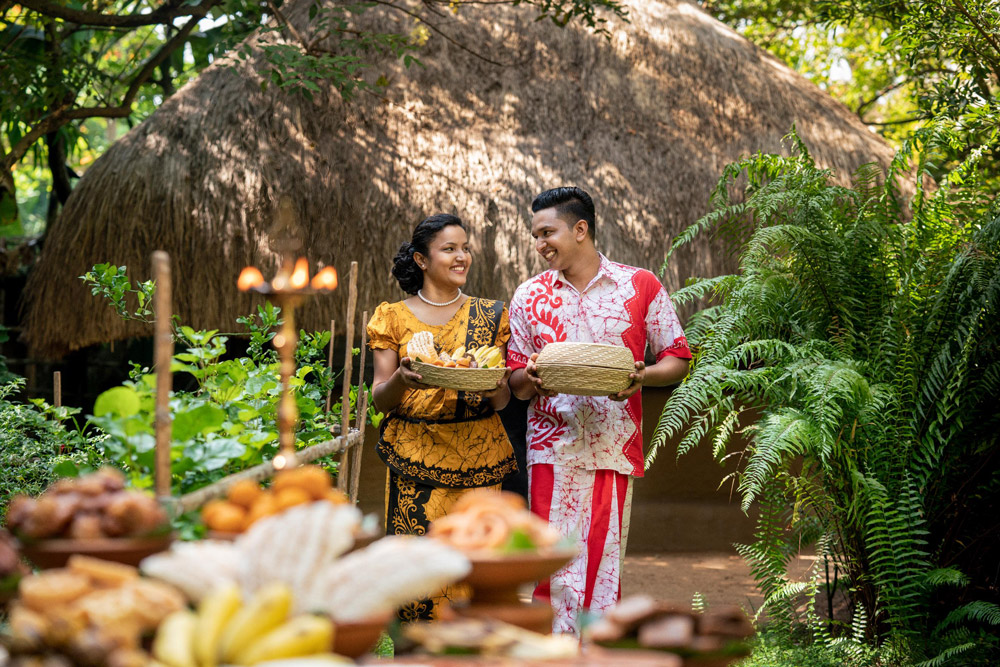
East Coast and Northern Regions
- Best Time: May to September
- Locations: Trincomalee, Arugam Bay, Passikudah, and Jaffna.
This is the best time to visit the eastern and northern coasts, where the weather is warm and dry. These areas are known for their stunning beaches, clear waters, and excellent surfing opportunities in places like Arugam Bay.
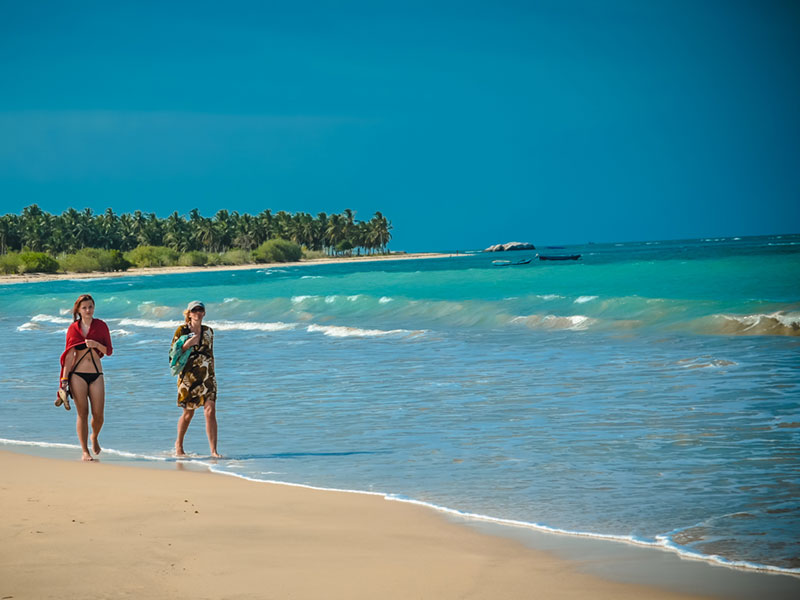
Festivals to Experience:
- Vel Festival (July/August): Held in Jaffna, this Hindu festival is a grand procession celebrating the god Skanda (Murugan) with colorful chariots and traditional rituals.
- Kataragama Festival (July/August): A religious pilgrimage in Kataragama that draws Buddhists, Hindus, and Muslims, showcasing a unique blend of rituals.
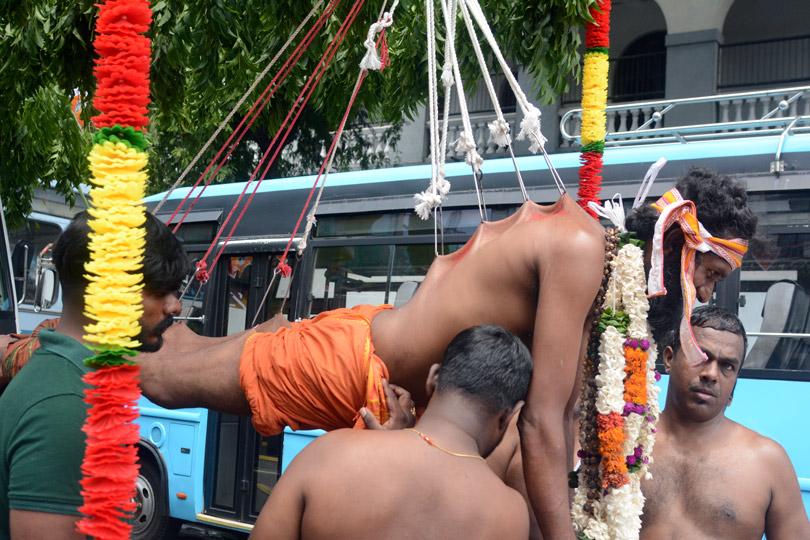
Sri Lanka’s Key Festivals
Sri Lanka’s festivals offer a glimpse into the country’s rich cultural and religious traditions. Here are some of the most important ones:
1. Vesak Festival (May)
What It Celebrates:
- Vesak marks the birth, enlightenment, and death of the Buddha. It’s one of the most important Buddhist festivals in Sri Lanka.
Where to Experience It:
- Across the island, with major celebrations in Colombo and Kandy.
What to Expect:
- Cities and towns are decorated with colorful lanterns and lights.
- Vesak zones with elaborate pandals (illuminated storytelling boards) and food stalls offering free meals (Dansalas) to the public.
- Religious ceremonies and temple visits.
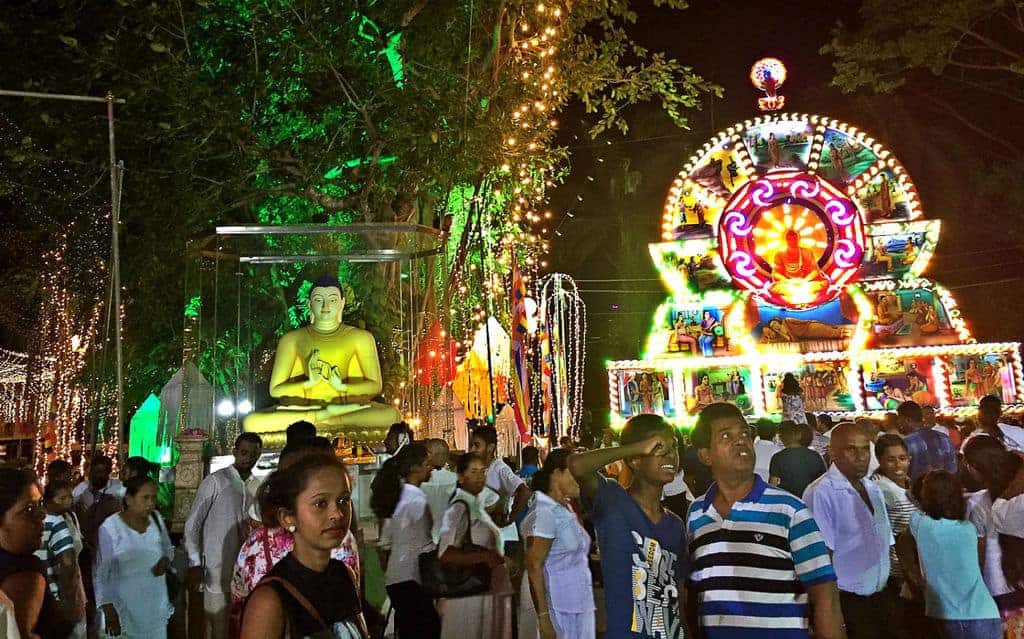
2. Kandy Esala Perahera (July/August)
What It Celebrates:
- A grand Buddhist festival in honor of the Sacred Tooth Relic of the Buddha, housed in the Temple of the Sacred Tooth Relic in Kandy.
Where to Experience It:
- Kandy, Central Province.
What to Expect:
- A grand procession featuring beautifully adorned elephants, traditional dancers, fire acrobats, and drummers.
- The Sacred Tooth Relic paraded through the streets of Kandy in a golden casket.
- The procession lasts for ten nights, with the final night being the most extravagant.
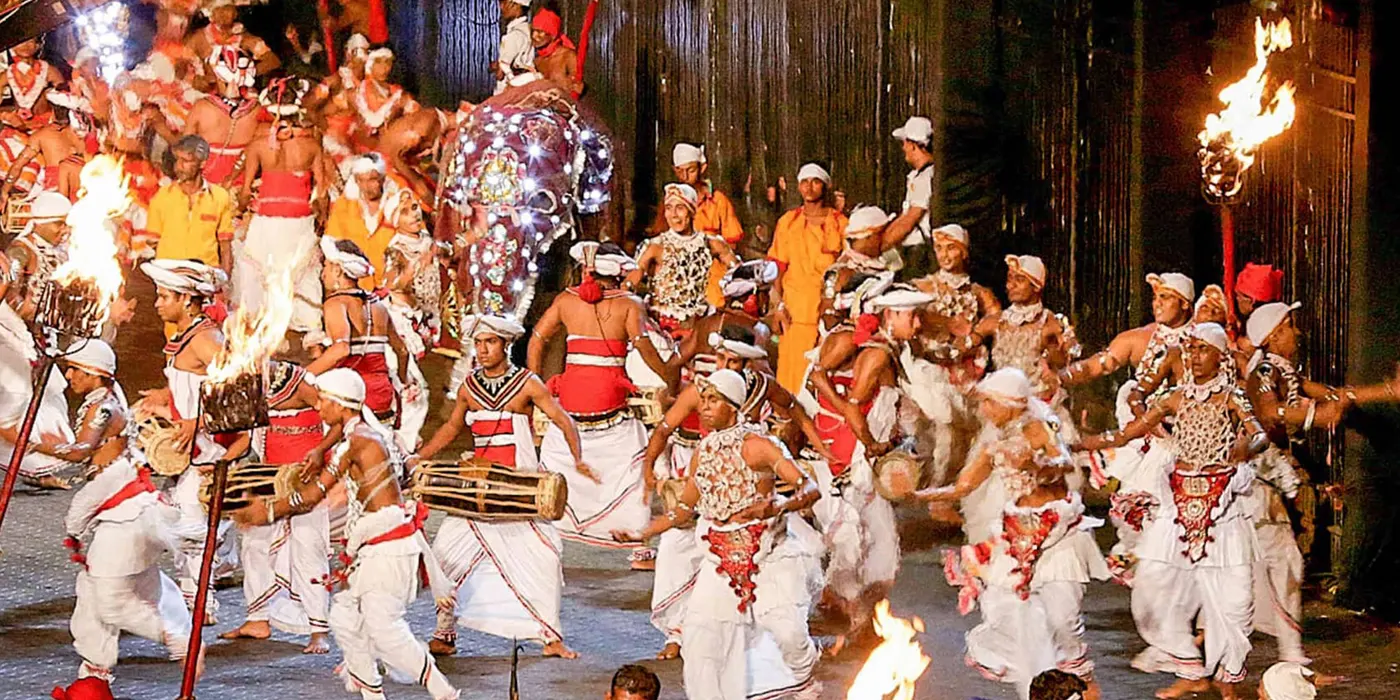
3. Sinhala and Tamil New Year (April)
What It Celebrates:
- Sri Lanka’s New Year, known as Aluth Avurudu, marks the end of the harvest season and is celebrated by both Sinhalese Buddhists and Tamil Hindus.
Where to Experience It:
- Island-wide, with major celebrations in rural areas and cities like Kandy and Colombo.
What to Expect:
- Traditional rituals, such as lighting the hearth at an auspicious time, preparing milk rice (Kiribati), and sharing sweets.
- New Year games like pillow fights, tug-of-war, and climbing greased poles.
- Family reunions and temple visits.
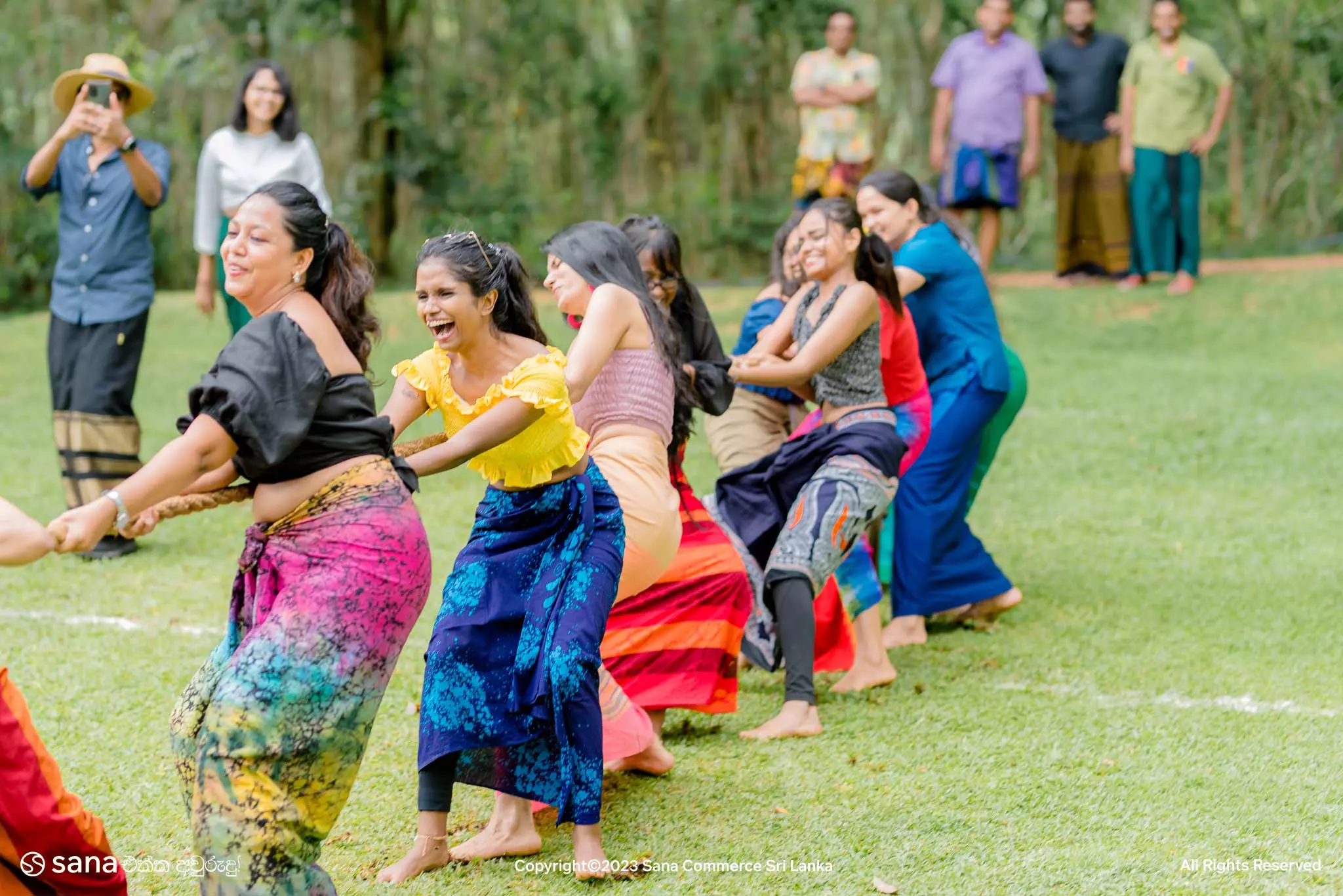
4. Poson Festival (June)
What It Celebrates:
- Poson commemorates the introduction of Buddhism to Sri Lanka by Arahat Mahinda in the 3rd century BCE.
Where to Experience It:
- Anuradhapura and Mihintale in the North Central Province are the most significant places to witness Poson celebrations.
What to Expect:
- Pilgrims climbing Mihintale, where Buddhism was first introduced.
- Religious ceremonies, illuminated processions, and free food stalls (Dansalas).
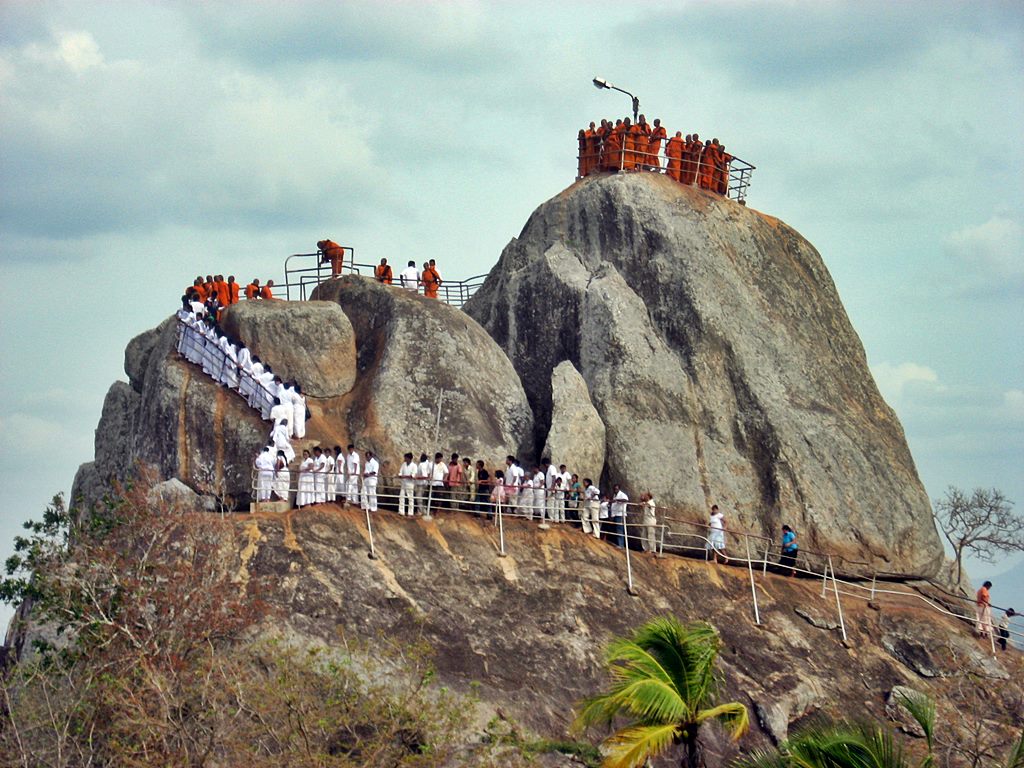
5. Deepavali (October/November)
What It Celebrates:
- Known as the Festival of Lights, Deepavali is a Hindu festival celebrating the victory of light over darkness.
Where to Experience It:
- Northern and eastern Sri Lanka, especially in Jaffna and Batticaloa.
What to Expect:
- Homes and streets are illuminated with oil lamps and colorful decorations.
- Family gatherings, prayers, and the sharing of sweets.
- Fireworks displays and cultural performances.

Best Times for Specific Activities
1. Whale and Dolphin Watching
- Best Time: December to April on the south coast (Mirissa) and May to September on the east coast (Trincomalee).
- Locations: Mirissa, Kalpitiya, and Trincomalee.
During these months, you can spot blue whales, sperm whales, and dolphins as they migrate through the warm waters surrounding Sri Lanka.
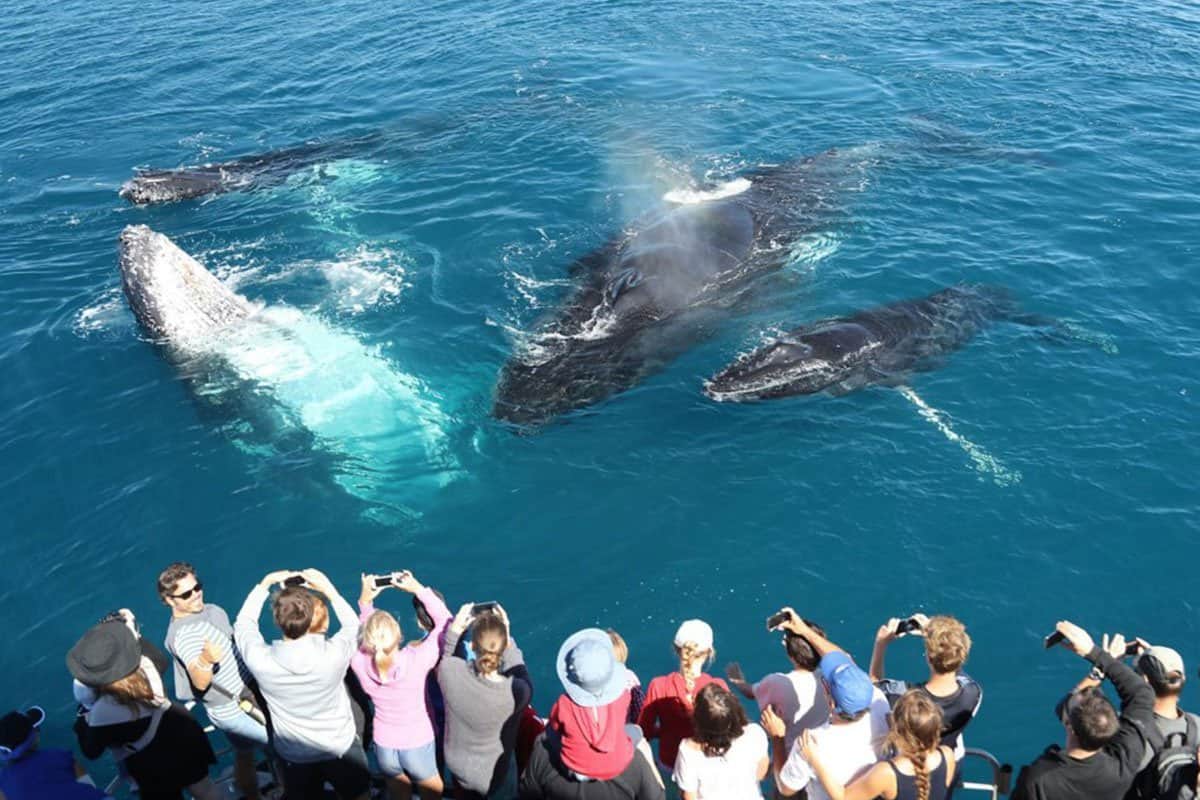
2. Surfing
- Best Time: May to October for the east coast (Arugam Bay), November to April for the southwest coast (Hikkaduwa, Weligama).
- Locations: Arugam Bay, Hikkaduwa, Weligama.
Arugam Bay on the east coast is renowned as one of the best surf spots in the world, especially during the monsoon season when the waves are ideal.
.jpg)
3. Wildlife Safaris
- Best Time: February to October for most national parks, with dry season months offering the best wildlife viewing as animals gather around water sources.
- Locations: Yala, Udawalawe, Wilpattu, and Minneriya National Parks.
Yala is famous for its leopard population, while Minneriya hosts “The Gathering” of elephants, a unique wildlife spectacle.
.jpg)
Conclusion
Sri Lanka offers a year-round escape, but planning your trip around the weather and festivals will enhance your experience. Whether you’re seeking sunny beaches, vibrant cultural celebrations, or wildlife adventures, understanding the best times to visit each region is key to making the most of your journey. From the spiritual glow of Vesak to the elephant-filled plains of Minneriya, Sri Lanka promises unforgettable experiences for every traveler.
Final Tips:
- Pack accordingly for the weather, especially if you’re traveling to multiple regions with varying climates.
- Plan to visit during major festivals or peak tourist seasons, as accommodations can fill up quickly.
- Respect local customs during festivals, especially around religious events, by dressing modestly and being mindful of traditions.
Enjoy your trip to Sri Lanka, a land of rich culture, stunning landscapes, and warm hospitality!
